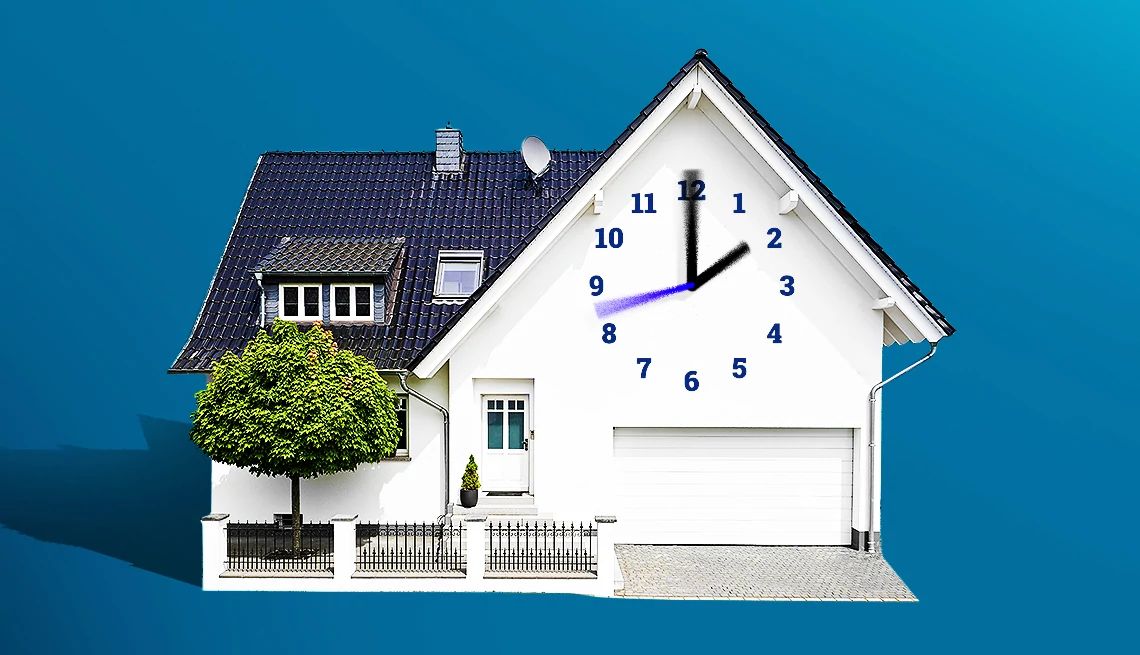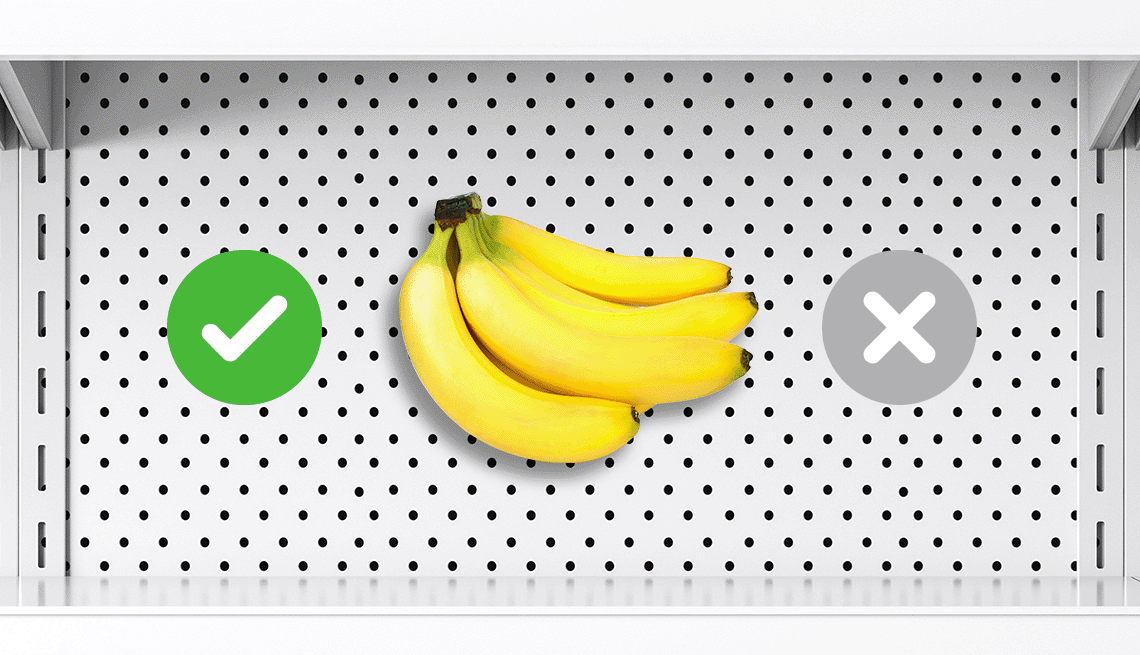AARP Hearing Center
In 2019, nearly one in five Americans 50 to 64 years old (18 percent) were on Medicaid, the nation’s health care program for people with low income, chronic conditions, disabilities, or long-term care needs. That adds up to more than 11 million midlife adults. A new AARP Research study examines the challenges midlife Medicaid recipients are up against: not having money to pay for doctors, medication, food or debt; getting to and from appointments; and maintaining their health with preventive services, to name a few.

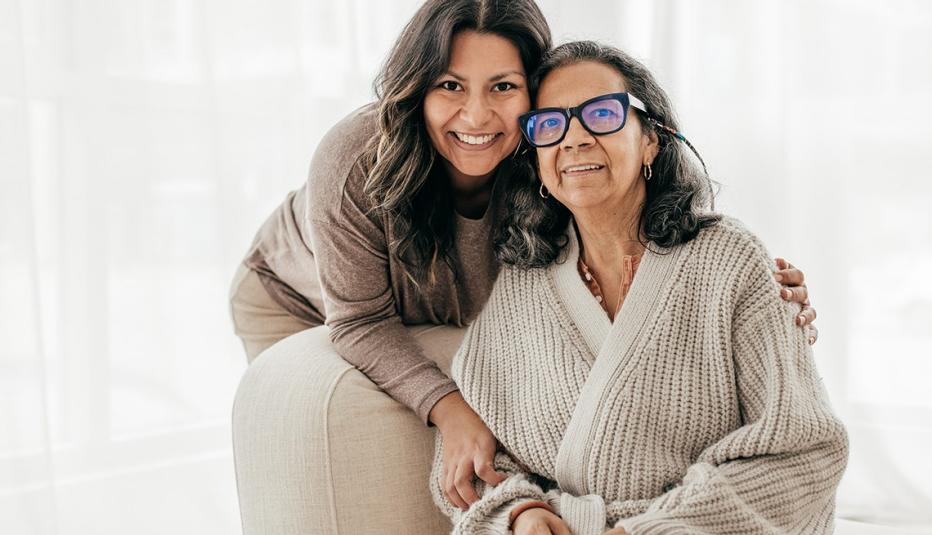
A typical midlife Medicaid recipient is:
- 58 years old
- A woman (56 percent)
- Not married (69 percent)
- White, non-Hispanic (52 percent)
- Has some form of disability, handicap or chronic disease (57 percent)
- Lives in a metro area (82 percent)
- Has a high school education or less (62 percent)
- Unemployed (67 percent)
- Living on a household income of under $30,000 (69 percent)
Health outcomes challenged
Many midlife Medicaid recipients worry about their health. More than half of survey respondents have been on Medicaid for five or more years; 45 percent rate their overall health as fair or poor; and 84 percent are on medication or sought treatment for a health condition within the year. Most recipients (92 percent) report having seen a doctor within the year, but only 49 percent say they saw a dentist. Nearly half of those surveyed express frustration in not getting enough help to see a doctor, go shopping, manage money, and do household chores. Similarly, a good percentage say they need assistance with activities of daily living (ADLs), such as taking a bath or shower, getting dressed, preparing meals, and managing medications.
Preventive care not a priority
Even though they recognize the importance of preventive care, along with a healthy diet and exercise, many recipients have delayed these measures, such as being screened for cervical cancer in the last five years (55 percent) or getting a colonoscopy in the last 10 years (55 percent). Only 47 percent received a flu shot, 38 percent a COVID-19 vaccine, and 35 percent a shingles vaccine. More than one in three recipients (36 percent) say they choose between buying food and medicine or other necessities because of the cost.
Predominant health concerns
Of the 15 health conditions midlife Medicaid survey respondents were asked about, 84 percent claim to have one or more of the following:
- Hypertension (54 percent)
- High cholesterol (42 percent)
- Mental health issue (41 percent)
- Arthritis (37 percent)
- Diabetes (33 percent)
- Lung/respiratory condition (29 percent)
- Heart disease (13 percent)
- Injuries (12 percent)
- Cancer (8 percent)
- Organ failure/disease (7 percent)
- Addiction (7 percent)
- Old age/frailty (6 percent)
- Dementia (3 percent)
- HIV (2 percent)
- Crohn’s (2 percent)
Isolation and loneliness
Recipients who need care are more likely to lean on family and friends instead of paying for caregivers, which they cannot afford. In all, 63 percent rely on family and 29 percent on friends with only 13 percent paying for care. Socialization is another factor with 73 percent having contact with other people (not living with them) at least weekly; 48 percent say they lack companionship; 41 percent feel left out; and 42 percent feel isolated from others. Remaining in their current home is important to 73 percent of recipients and within the community to 71 percent — both for as long as possible. Most feel safe in their home (81 percent) and neighborhood (62 percent).
Money still at the forefront
Financially, the struggle becomes a vicious circle. Nearly half at 47 percent say they have trouble paying for utilities, 46 percent cannot afford to pay for food, and another 46 percent have trouble paying their debts. Overall, 62 percent rate their financial health as fair or poor, not having enough savings (83 percent), or living paycheck to paycheck (73 percent).
Many midlife recipients (36 percent) face food insecurity, having to choose between buying food and medicine or other necessities due to cost. Two in three recipients have received Supplemental Nutrition Assistance Program (SNAP) benefits (65 percent) and close to half have received food from a free source such as a foodbank or pantry. While most recipients say they can easily access a grocery store, 4 in 10 say it is difficult to afford healthy food; this aligns with over 4 in 10 rating their diet as fair or poor.
The reality: Those ages 50 to 64 needing Medicaid assistance often face even greater challenges than the need for Medicaid itself. The survey uncovered critical areas for improvement, such as better access to all health care; help with transportation and ADLs; more information about the benefits of preventive health services; care assistance without having to pay caregivers; and help in overcoming food insecurity. Without this assistance, a disproportionate number of midlife Medicaid recipients will continue to struggle financially, affecting their health and well-being.
Methodology
This online survey of 960 people ages 50 to 64 who receive Medicaid was fielded November 21, 2023, through January 8, 2024, by NORC using NORC’s Foresight 50+® panel. Samples from NORC’s Amplify AAPI and Dynata were also used to supplement NORC’s panel. Of this sample, 84% came from NORC’s Foresight 50+® Panel, 15% from Dynata, and 1% from NORC’s Amplify AAPI. The survey was offered in English and Spanish and administered in two modes (online and telephone). The final weights were developed in three stages: Probability and nonprobability sample weights are first developed separately, and then the two samples are combined to create the final weights (age, gender, region, education, race, and ethnicity) to benchmarks from the 2021 one-year American Community Survey.
For more information, please contact Terri Guengerich at tguengerich@aarp.org. For media inquiries, contact media@aarp.org.



















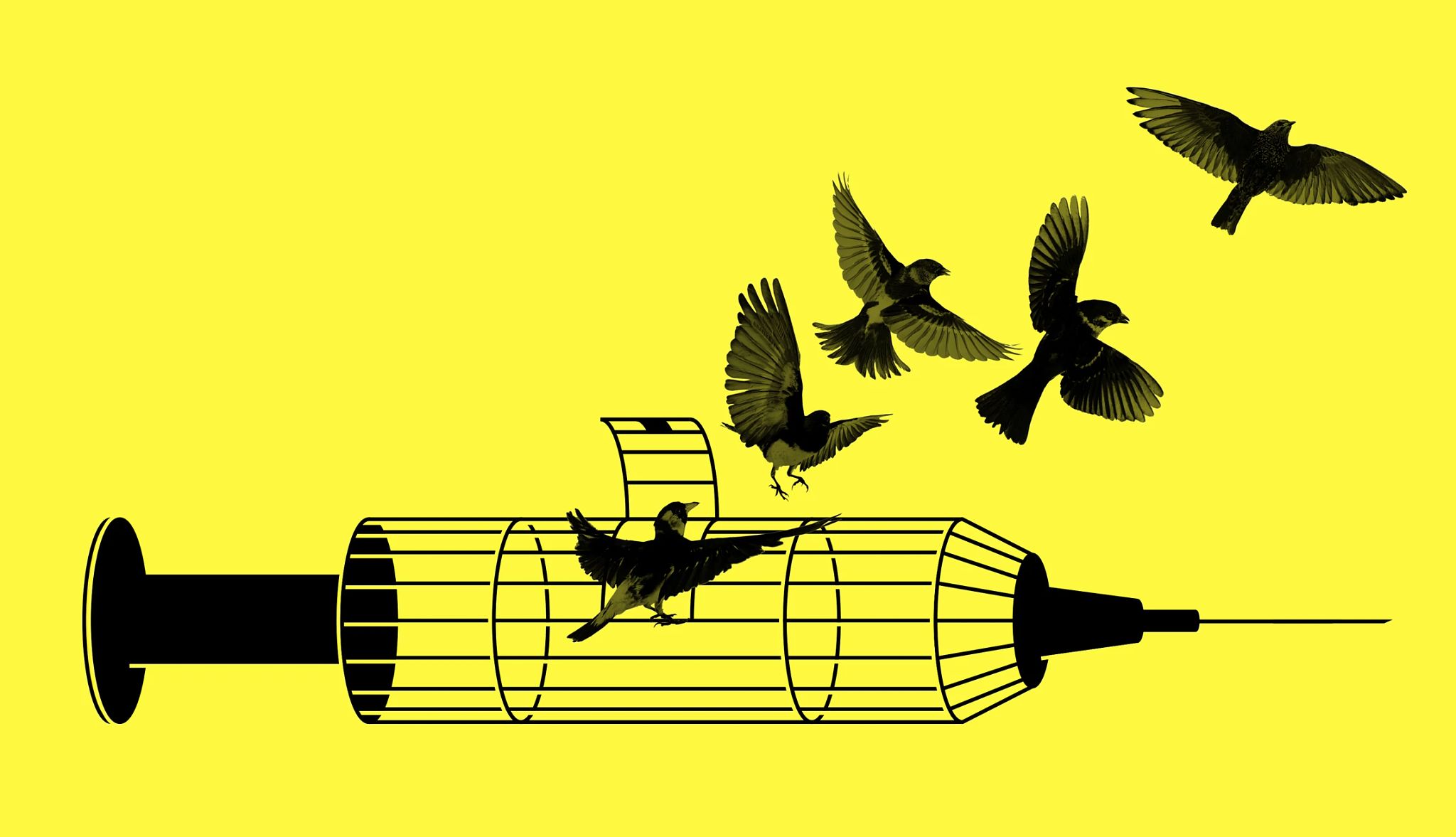




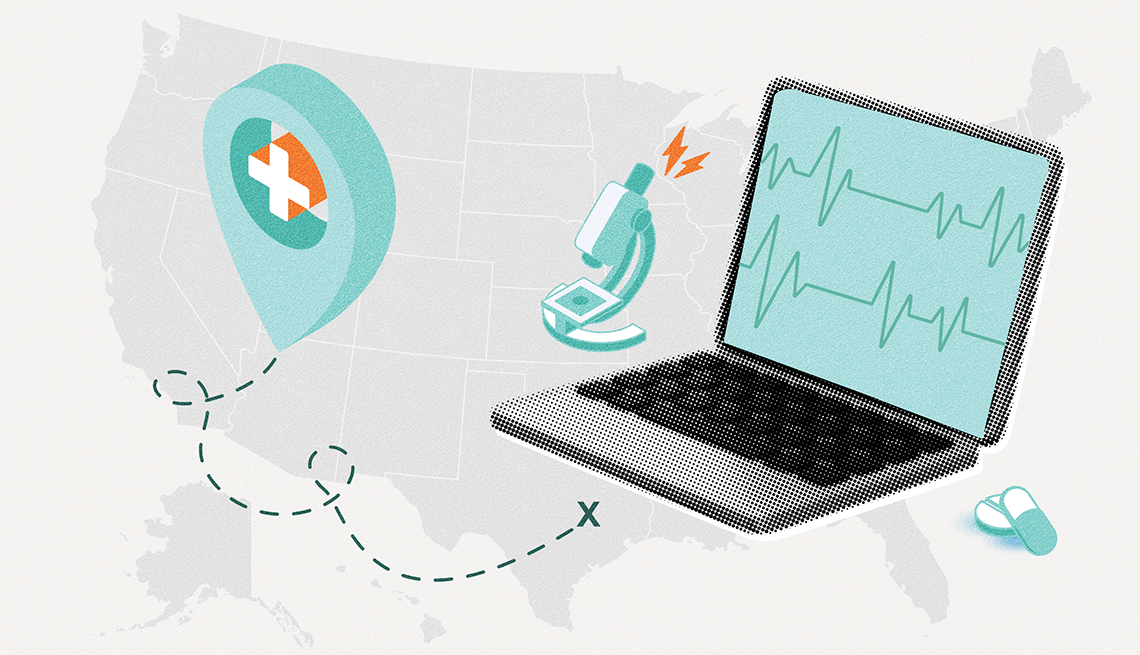






.jpg?crop=true&anchor=13,195&q=80&color=ffffffff&u=lywnjt&w=2008&h=1154)












